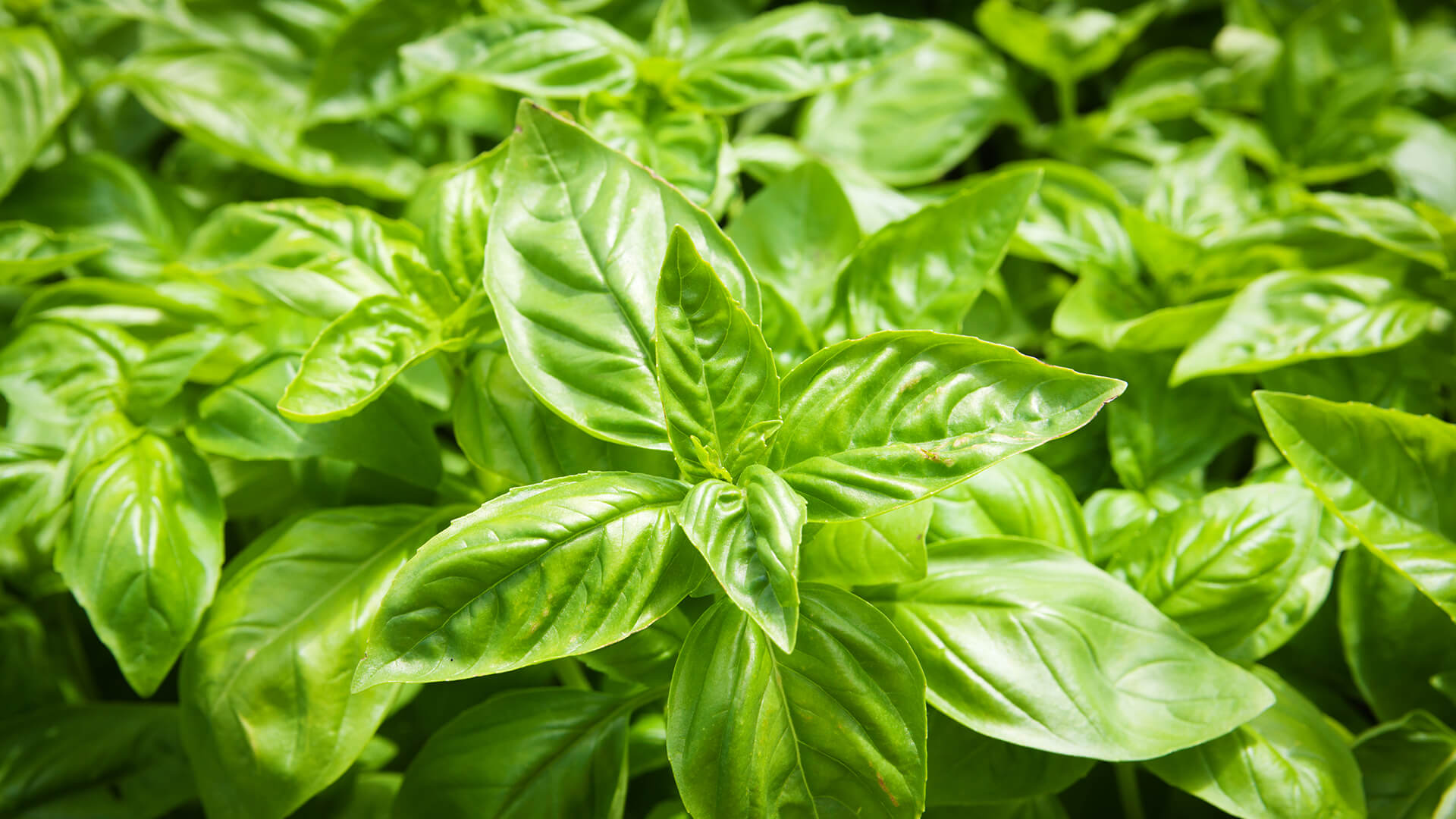The Ultimate Guide To Sweet Basilico: From Culinary Uses To Health Benefits
Sweet basilico is more than just a fragrant herb; it’s a cornerstone of culinary excellence and a treasure trove of health benefits. This versatile plant, with its vibrant green leaves and aromatic profile, has been cherished for centuries in kitchens and medicine cabinets alike. Whether you’re a passionate cook, an aspiring gardener, or someone curious about holistic wellness, sweet basilico has something to offer. Its unique flavor, coupled with its remarkable properties, makes it a beloved addition to cuisines globally.
But sweet basilico isn’t just about taste; it’s a symbol of tradition and innovation. This herb has roots in ancient cultures, where it was revered not only for its culinary applications but also for its ability to heal and rejuvenate. Today, it continues to hold a special place in both traditional and modern practices. From its role in creating mouthwatering pesto sauces to its soothing effects in a cup of tea, sweet basilico is a testament to the timeless appeal of nature’s bounty.
In this comprehensive guide, we’ll delve into every aspect of sweet basilico. From its intriguing history and cultivation tips to its culinary versatility and surprising health benefits, we’ll leave no stone unturned. Whether you’re looking to grow it in your garden or use it to elevate your favorite dishes, this article will equip you with all the knowledge you need. Let’s get started and unravel the wonders of sweet basilico together!
Table of Contents
- History and Origin of Sweet Basilico
- What Makes Sweet Basilico Unique?
- How to Grow Sweet Basilico at Home?
- Best Soil and Lighting Conditions
- Common Pests and How to Handle Them
- Culinary Applications of Sweet Basilico
- How to Make Pesto with Sweet Basilico?
- Health Benefits of Sweet Basilico
- Can Sweet Basilico Aid Digestion?
- Sweet Basilico and Skin Health
- Essential Oil from Sweet Basilico
- Cultural Significance of Sweet Basilico
- Frequently Asked Questions about Sweet Basilico
- Conclusion
History and Origin of Sweet Basilico
Sweet basilico, scientifically known as Ocimum basilicum, has a rich history that dates back thousands of years. Believed to have originated in tropical regions of Asia and Africa, this herb quickly gained prominence in ancient cultures, particularly in India and the Mediterranean. In India, sweet basilico was sacred and associated with the gods, while in Rome, it symbolized love and fertility.
As trade routes expanded, sweet basilico found its way to Europe and eventually to the Americas. Its adaptability and versatility ensured its widespread cultivation and use. Today, it’s a staple in various global cuisines, particularly Italian, Thai, and Vietnamese.
What Makes Sweet Basilico Unique?
Sweet basilico stands out for its distinctive flavor profile, combining hints of pepper, mint, and a touch of sweetness. This unique blend of flavors makes it incredibly versatile in the kitchen. But it’s not just about taste—sweet basilico is also packed with essential oils and antioxidants that contribute to its health benefits.
- Castle Rock Colorado Outlets
- Dc Shoes Dc
- Inchbug Labels
- Realtor Winston Salem
- Coast Restaurant Santa Monica
How to Grow Sweet Basilico at Home?
Growing sweet basilico at home is easier than you might think. It thrives in warm, sunny conditions and can be cultivated in pots or garden beds. To start, plant the seeds about 1/4 inch deep in well-draining soil. Water them regularly but avoid overwatering, as this can lead to root rot.
Best Soil and Lighting Conditions
Sweet basilico prefers loamy, nutrient-rich soil with a pH between 6.0 and 7.5. It loves sunlight, so place it in a spot that receives at least 6-8 hours of direct sunlight daily. If you’re growing it indoors, a south-facing window or grow lights can do the trick.
Common Pests and How to Handle Them?
Like any plant, sweet basilico is susceptible to pests such as aphids, whiteflies, and spider mites. To combat these, consider using organic pest control methods like neem oil or insecticidal soap. Regularly inspecting the plant for signs of infestation can also help keep these pests at bay.
Culinary Applications of Sweet Basilico
Sweet basilico is a culinary superstar. Its leaves are used fresh or dried to enhance the flavor of soups, salads, and sauces. It’s a key ingredient in Italian dishes like caprese salad and Margherita pizza, as well as Thai curries and Vietnamese pho.
How to Make Pesto with Sweet Basilico?
Making pesto with sweet basilico is a straightforward process. Blend fresh sweet basilico leaves with garlic, pine nuts, Parmesan cheese, olive oil, and a pinch of salt. The result is a vibrant, flavorful sauce that pairs perfectly with pasta, sandwiches, and even as a dip.
Health Benefits of Sweet Basilico
Sweet basilico is not just a culinary delight but also a powerhouse of health benefits. Its leaves contain essential oils like eugenol and linalool, which have anti-inflammatory and antibacterial properties. Regular consumption of sweet basilico can help reduce stress, improve digestion, and boost immunity.
Can Sweet Basilico Aid Digestion?
Yes, sweet basilico is known to aid digestion. Its oils stimulate the production of digestive enzymes, making it easier for your body to break down food. Drinking basil tea after meals can further enhance this benefit.
Sweet Basilico and Skin Health
Sweet basilico is a natural remedy for various skin issues. Its antimicrobial properties help combat acne, while its antioxidants protect the skin from free radical damage. Applying basil-infused oil or including it in your diet can result in healthier, glowing skin.
Essential Oil from Sweet Basilico
The essential oil extracted from sweet basilico is a highly concentrated source of its beneficial compounds. This oil is used in aromatherapy for its calming effects and in skincare products for its ability to soothe and rejuvenate the skin.
Cultural Significance of Sweet Basilico
Sweet basilico holds a special place in various cultures. In India, it’s considered sacred and is often planted near homes and temples. In Italy, it symbolizes love and is a staple in traditional dishes. Its universal appeal transcends borders, making it a truly global herb.
Frequently Asked Questions about Sweet Basilico
Here are some common questions about sweet basilico:
- What is the best way to store sweet basilico? Store fresh basilico in a glass of water at room temperature or freeze it for long-term use.
- Can I grow sweet basilico indoors? Yes, as long as it receives adequate sunlight or grow light.
- Is sweet basilico safe for pets? While generally safe, excessive consumption can cause mild digestive issues in pets.
- How does sweet basilico differ from other types of basil? Sweet basilico has a milder, sweeter flavor compared to other varieties like Thai or holy basil.
- Can sweet basilico be used in desserts? Absolutely! It pairs well with fruits like strawberries and can be used in syrups and ice creams.
- What are the side effects of consuming too much sweet basilico? Overconsumption may lead to mild digestive discomfort or allergic reactions in sensitive individuals.
Conclusion
Sweet basilico is a gem in the world of herbs, offering a harmonious blend of culinary versatility, health benefits, and cultural significance. Whether you’re savoring its flavor in a homemade pesto or enjoying its calming effects in a cup of tea, sweet basilico enriches both your palate and your well-being. With its ease of cultivation and myriad applications, it’s a must-have for every home. Embrace the magic of sweet basilico, and let it transform your cooking, health, and life!
For further reading on the benefits and uses of sweet basilico, consider visiting Healthline.
- Ucla Undergraduate Admissions
- Dutchess Oak Park
- Laguna Beach Pageant Of The Masters
- Sunshine Thrift Store
- Honey From New Zealand

Commercial Auto Insurance Bingham Farms

Sweet Basil San Diego Zoo Animals & Plants